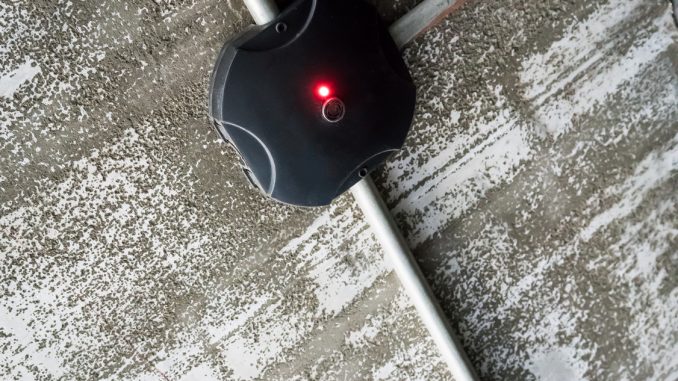
You’re in a busy parking garage.
You glance in your rearview mirror and everything looks clear. So, you slowly begin backing out of your space. All of a sudden, WHAM! Your bumper hits something – or someone – you didn’t even know was there.
This scenario is not only frightening, but it’s also dangerous. There are at least 18,000 people injured each year by drivers who back into them. The majority of these incidents involve children or the elderly.
One way to avoid this type of accident is to install a parking sensor on your car. But how exactly do they work?
Read on to find out more about parking sensors.
What Parking Sensors Do
The best way to prepare for an accident is to avoid it. With the help of a parking sensor, you’ll have more peace of mind when backing out of your driveway. The same thing goes for navigating a busy parking lot.
Parking sensors work by detecting objects in your car’s path. Typically, they’re placed under your front and rear bumpers or around your license plates.
As your car approaches an object, the sensor emits a beeping sound to alert you of the object’s presence. The closer you get, the louder and faster the sensor beeps.
Basically, the sensor acts as an extra pair of eyes to check your blind spots. This makes you a safer driver. It also keeps everyone around you safe. Finally, it can definitely help you avoid accidents and the need for a traffic ticket lawyer.
Types of Parking Sensors
There are two main types of parking sensors: electromagnetic and ultrasonic.
Electromagnetic Sensors
Using electromagnetic waves, a transceiver strip creates an elliptical field behind your car. When an object of a certain size disturbs the field, it detects the voltage change. This then triggers the sensor.
The sensor sends this information to a computer in your car. The computer then analyzes the data to determine how far away the object is. As your car approaches the object, the alert grows faster and louder.
There’s a lot going on in a millisecond!
An advantage of this type of sensor is that it usually mounts on the inside of your car’s bumper. This means there’s no chance of dirt or debris interfering with the sensor’s abilities.
A disadvantage of an electromagnetic sensor is that it can sometimes be difficult to install yourself.
Ultrasonic Sensors
Like animals use echolocation, an ultrasonic sensor equips your car with the same ability to “see” things.
These sensors work by emitting ultrasonic or radio waves that bounce off objects behind your vehicle. When the waves return, a computer inside your car analyzes the data.
This way, it can determine how close the objects are. If you’re too close to the object, you’ll receive a warning beep.
There are a few limitations with ultrasonic sensors. If an object is too small, narrow, or low to the ground, the sensor may not register it. It’s also vital to keep the sensors free from dirt and grime so they can function properly.
Final Thoughts
A parking sensor is not a substitute for safe driving.
Combined with safe driving practices, however, it can help to protect you, your vehicle, and everyone on the outside.
For more helpful vehicle tips, be sure to check out our latest automotive blog posts.
